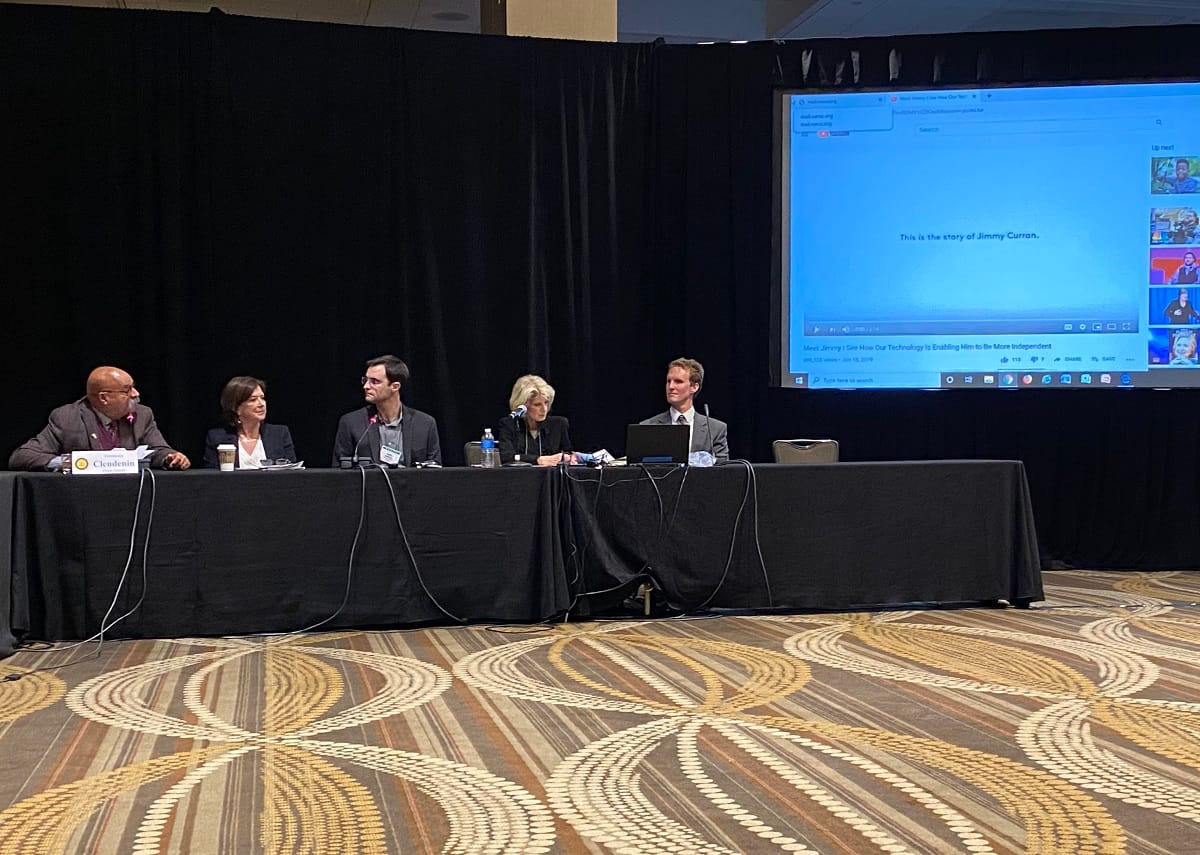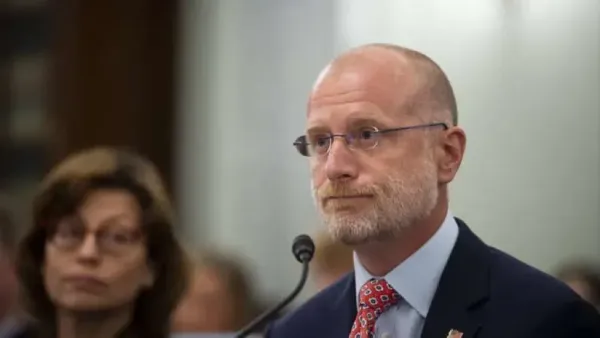New Technology of Augmented Reality, Including Eye Control, Enable Greater Access By Disability Community
WASHINGTON, February 10, 2020 – Advocates for technology accessibility for the disabled communities boasted of new technologies like Xfinity X1 Eye Control devices and augmented reality while considering the varying needs across the disabled demographic on Monday. The panel convened at an event host










Member discussion